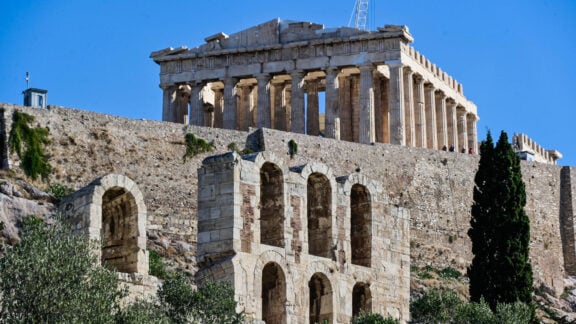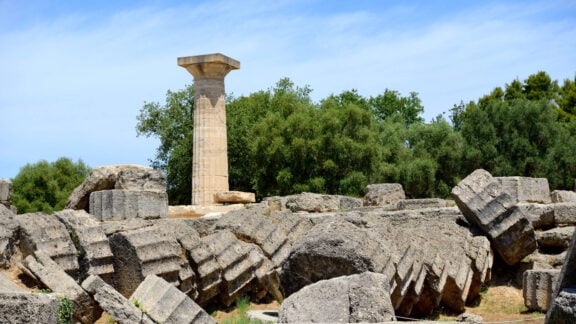It was over two years ago when the internet was crashing over the then newly discovered grave of the ‘Griffin Warrior’ in Pylos, Greece.
The discovery was made in May 2015 by a team of archaeologists at the University of Cincinnati who had been digging at Pylos for more than 25 years, led by Jack L. Davis and Sharon R. Stocker.
At the time, archaeologists and journalists put their focus on “more prominent” items unearthed, the likes of gold coins, silverware, gemstones and beads, ivory combs and a sword among other weapons found next well-preserved remains of what is believed to have been a powerful Mycenaean warrior or priest buried around 1500 BC, www.laboratoryequipment.com reports.
The tomb of the ‘Griffin Warrior’ has been rightfully dubbed Greece’s the most spectacular archaeological discovery of the last 50 years, however, recent news reveal the most important masterpiece of miniature art of that time in the region.
Amongst the treasures and remains uncovered in 2015, excavators found a grime-encrusted, inch and a half long object which was put aside, assuming it was a bead. After a conservator removed the limestone, it revealed a seal stone used to stamp on clay or wax.
The image engraved on the gemstone is carved in tremendous detail, depicting a warrior in battle with two other men, leaving experts wondering how and why the seal was engraved in such detail.
For the size of the stone, a normal person would have needed a magnifying object to carve it in such impeccable manner.

“The detail is astonishing, especially given the size. Aesthetically, it’s a masterpiece of miniature art,” John Bennet, director of the British School’s archaeological institute in Athens wrote in the journal Hesperia.
“The stunning combat scene on the seal stone, one of the greatest masterpieces of Aegean art, bears comparison with some of the drawings in the Michelangelo show now at the Metropolitan Museum of Art,” added Malcolm H. Wiener, an expert on Aegean prehistory and a trustee emeritus of the Met.
Fritz Blakolmer, another expert on Aegean art at the University of Vienna, argues that “the seal must have been engraved by someone with a magnifying glass, even though none has been found”, and dismissed the possibility that people of that era had sharper eyesight than today.
Meanwhile, battle scene is strongly evocative of those in Homer’s epics Iliad and Odyssey even though the Griffin Warrior was buried around 1450 BC, centuries apart from the first written version of Homer.
“We’re not saying this is a representation from Homer,” Dr. Stocker told the New York Times of the depiction adding that “it would be fun to believe the hero is Achilles”.
“Rather, the image is part of a cycle of stories familiar to both Mycenaeans and Minoans,” he concluded.









